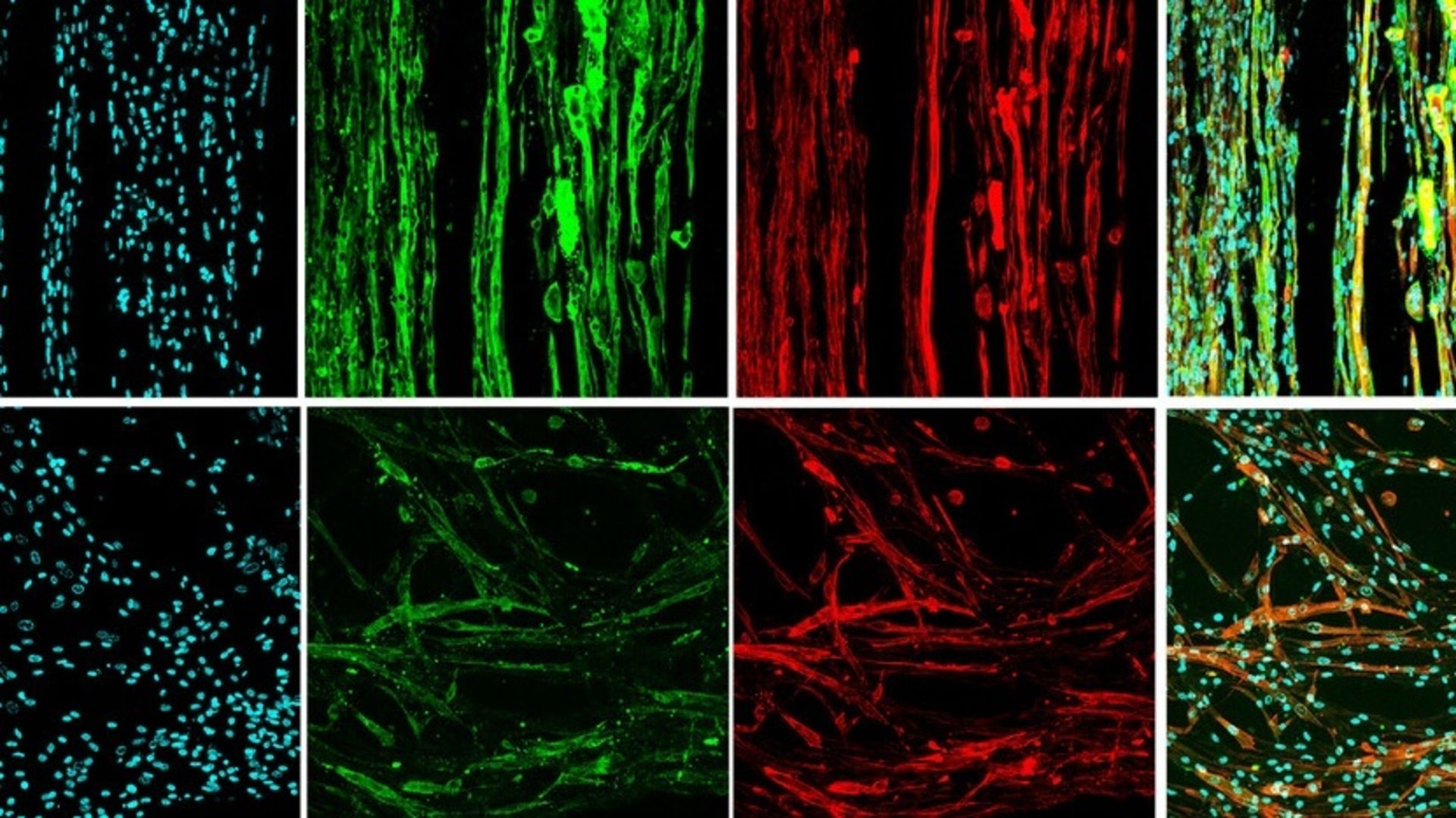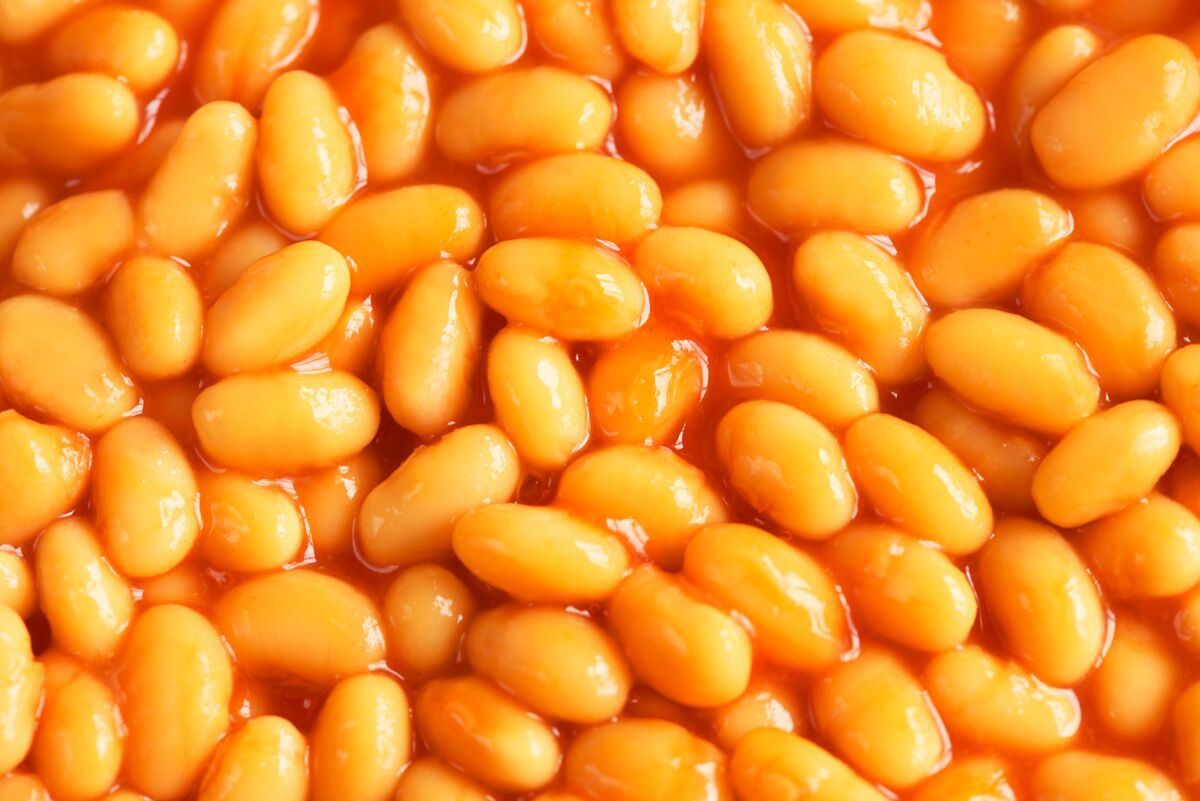Copyright Space.com

You may not be able to grow bigger muscles out of thin air, but you can 3D print them in microgravity, scientists at ETH Zurich have now established. "3D printing" refers to a type of manufacturing that builds physical objects layer by layer. Different types of objects have been successfully 3D printed in space, but making functional human tissue from scratch — blood vessels, for example — requires special innovation. Achieving this, however, is viewed as a transformative step toward a future where organs can be 3D-printed for transplantation into humans who need them. The ability to 3D print human tissue in space also opens up the door for future medical research and testing. You may be wondering, though: Why does the 3D printing of these organs need to happen in space? Well, One problem with manufacturing body tissue on Earth is that gravity adds stress to the materials being used in the process (aka, bioink), which poses a major challenge to producing muscle fibers exactly as they are in the human body, according to a press release from Zurich's Department of Health Sciences and Technology. To work toward getting around this issue, researchers used parabolic flights to simulate microgravity conditions, then 3D printed muscle tissue in weightlessness with a biofabrication system they call G-FLight (Gravity-independent Filamented Light). The latest research is another step toward a reality where it may be possible to manufacture functional human organs for transplantation, which could be a big deal because the current standard of relying on donors and the right blood match has made transplant wait lists tremendously long. 3D printing tissue in microgravity has been a budding field as of late; for instance, some scientists are working to manufacture artificial retinas in space, leveraging the microgravity environment to make better implants and help people regain sight. Furthermore, other types of vascularized tissue, including liver tissue, have been successfully 3D printed in general. In terms of organ donation, scientists have also grown replacement bladders using bioprinting, and have successfully transplanted a 3D printed windpipe.



